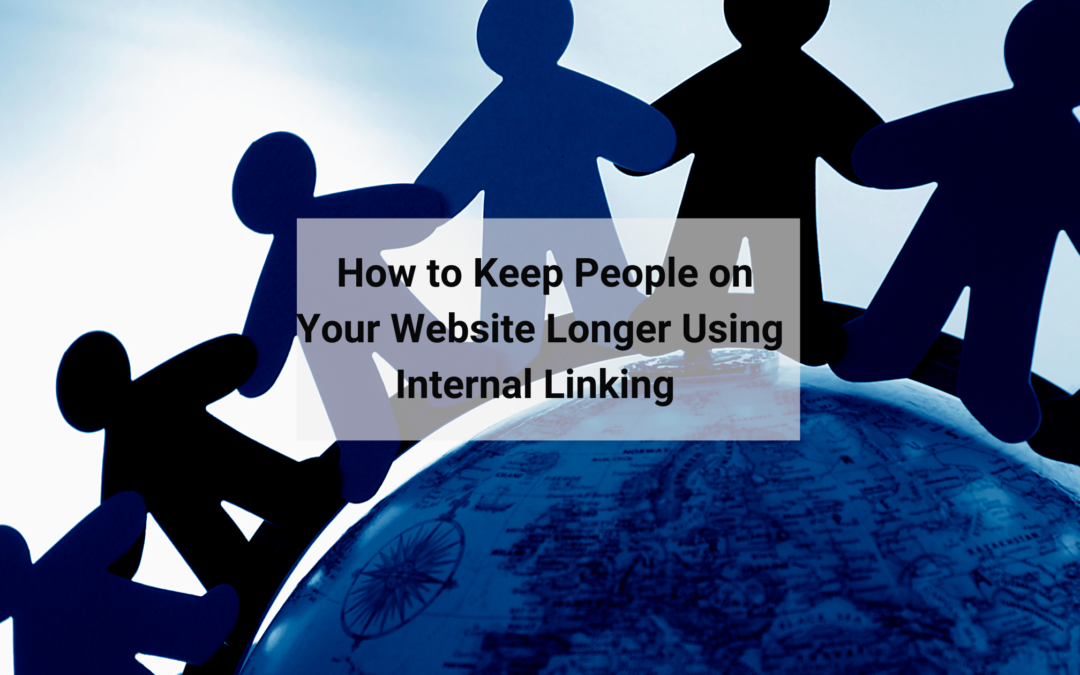
How to Keep People on Your Website Longer Using Internal Linking
Internal links are vital for any business, but people often overlook them in favour of external links. If you think directing people from one blog post to another is all there is to internal linking, you’re wrong. In this post, we’re going to tell you how to create a comprehensive linking strategy. But first, we’ll answer: what is an internal link and what are the benefits of internal linking?
What Is An Internal Link?
Internal links are hyperlinks that direct people to different pages within the same domain. They’re different from external links, which take people to other domains – but just as important.
Most people know how vital external links are for ranking on search engines, but don’t think about their internal linking.
Why Are Internal Links Important?
There are many reasons why linking internally is essential, including:
Ranking on Search Engines
Search engines use complicated algorithms to crawl websites and index web pages. You can think of internal linking like providing search engines with a map to travel through your website and rank each page.
If you want your website to rank on Google, you need to implement both internal and external linking.
Keeping Users Engaged
It’s also beneficial to keep users on your website for longer. Imagine if someone clicked on a link to a blog post on your website and read the post. If you have links pointing to other posts or areas on your site, they’re likely to stay longer.
You’ve probably heard of bounce rates, and they refer to the amount of time someone spends on your website. High bounce rates can damage your ranking, but by directing people to other pages on your domain, you can decrease your bounce rates.
Improves Site Usability
Website usability is important because nobody wants to use a poorly designed website. Take a look at these shocking website designs, and you’ll see what we mean. While links can’t improve the appearance of your site, they can offer more powerful navigational features.
When you link to other pages, users can find the information they need, without having to browse through your site. They’re more likely to have a positive experience and return to your site.
The Basics of Internal Links

Adding internal links to your content is easy, and the best thing is most platforms have integrated features that mean once you transfer your copy to another platform, the links follow. This includes Google, WordPress and Grammarly.
If you know how to create internal links in Google Docs (hint – it’s the little button in the top bar that looks like a paperclip), then you can do it pretty much anywhere.
Before we get into the best practices of linking, it’s essential to remember these points:
- Never fill a page with links. It doesn’t look right, and it will put people off.
- Think about what you’re linking to. You don’t need to connect to a page just because it holds some relevance to what you’re talking about.
- Internal links aren’t just for blogging. They can be an integral part of taking people through your sales funnel.
The Best Ways to Use Internal Linking
Now you know the answers to questions such as what is an internal link and why are internal links important, it’s time to talk about how to use them to your advantage. Once you understand these methods, you can combine internal and external linking to create a strong presence for your website.
Content is King
Yep, it’s true. Content is crucial for every business, and you should have as much of it as possible – just make sure it’s relevant. You can’t have a robust internal linking strategy without lots of content to link from and to.
Now some marketers treat internal links like they’re a mathematical equation. They make calculations and have set goals for the number of links on each page. You can do that if you want, but it’s better to focus on the quality of your links and where they’re taking people to.
Internal Linking For SEO
Internal links can improve your SEO, so instead of thinking about filling pages consider how useful the links are. You can improve your SEO by using keyword research tools to provide opportunities for your internal links.
For example, say you’re a car sales company, and you write a post on the best cars. You might decide at a later date to do separate reviews for different vehicles, and you could link between those pages using keyword research to get the best results.
There are some fantastic SEO tools around, or you can ask a specialist marketing company to perform keyword research and implement linking strategies for you.
Use Anchors Correctly
We’re all guilty of not putting too much thought into our anchor text, but this article from Quick Sprout shows how the misuse of anchor text can impact the credibility of a website. If you’re wondering whether it’s better to use images or texts for linking, we recommend text.
Images are fine in moderation, but you can make anchors an integrated part of your content. Instead of optimising them, try to keep it simple and use them as you would in a conversation.
What we mean by this, is never compromise the quality of your writing to optimise your anchor text. Instead, concentrate on making sure your writing flows and highlighted areas that lead to other pages integrate seamlessly into your content.
Don’t Be Shallow
One of the biggest mistakes people make (even us) is continuously linking to their homepage. A couple of links here and there don’t matter, but if your links go straight to your homepage, it won’t help your SEO.
The idea of internal linking is sending people to all of the pages on your site. If you only link to the homepage, your overall SEO score won’t increase. Look at which pages are relevant and link to those.
You should also refrain from including too many links to your contact pages and focus on sending people to other areas, where they can learn more about your business. Everyone knows that they can easily find a contact page, so use the opportunity to send them to other blog posts, your pricing pages and FAQ sections.
Shallow links don’t do your business or your SEO any favours, so make an effort to look at where you can link to before sending people to pages that are top of your navigation bar.
Remain Relevant
Just like your content, your links should be relevant. What we mean by this is don’t link to useless pages. For example, if you write a post about hair care, then add an internal link to another post about nail varnish, it won’t make sense – unless it’s relevant to the overall content.
Writing a review of hair care products then randomly linking to a nail varnish guide makes no sense, but if you’re creating hub and spoke content about preparing for a night out, then you can link to your nail varnish guide as part of your overall content strategy.
It doesn’t sound straightforward so if you read what we just wrote and are scratching your head, try to think about your readers. If you look at your links and wonder what relevance they have, then your readers will too.
Strategise Your Links
Your main goal with internal linking should be to improve the overall SEO of your site. Some of your pages will have more links than others and therefore have a higher authority score. It’s important to know which ones rank higher because when you link from one of these pages, your low ranking page scores will improve.
For example, if you have a blog post with a lot of views and links, you can go back to this post and change the content to include an internal link to a new post. But how do you know which pages rank highly?
There are lots of internal link checkers available, but we like SEO Review Tools because they provide top-grade SEO equipment for free.
Let People Know What They’re Getting
People don’t click for no reason, so you need to give them one. When you’re reading a blog post or content, do you click on a link because it’s there? No. You click on it because it’s going to offer you something.
You don’t need to ask people to click on your link, but the way you word your anchor text can compel people to take action. Let’s take these two examples of internal linking:
SEO is difficult, but you can use tools to help you.
SEO is difficult, but these excellent free SEO tools can help you improve your visibility and rankings.
See the difference? The first example leaves little to the imagination, but excellent and free give the link more credibility and make it appealing to readers.
Never change the context of your content to make a link more appealing, but always try to add calls-to-action wherever you can.
The Takeaway

Internal linking is a valuable but often overlooked part of SEO, and small changes to your strategy can make a big difference. Remember to think about the context of your links and make sure you use an internal link checker to get the best results.
Links are only useful if you have the best web pages for your site. Once you start improving your SEO, your business will have a bright future.
Are there any tips we missed out? Let us know what you do to manage your internal links below. We’d love to know your thoughts!


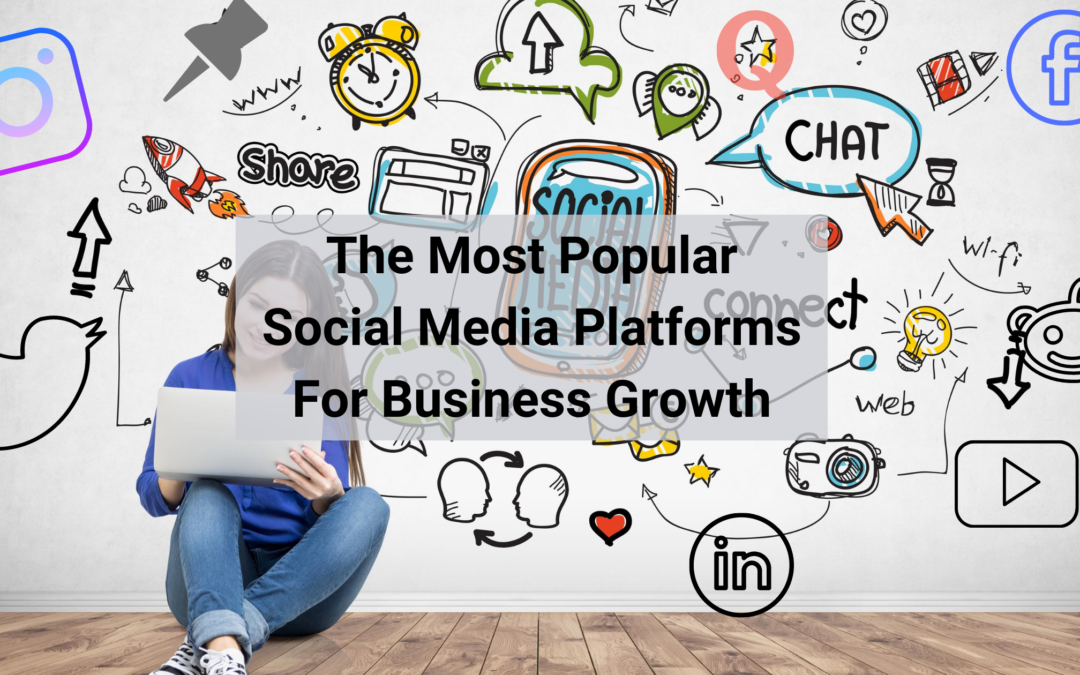


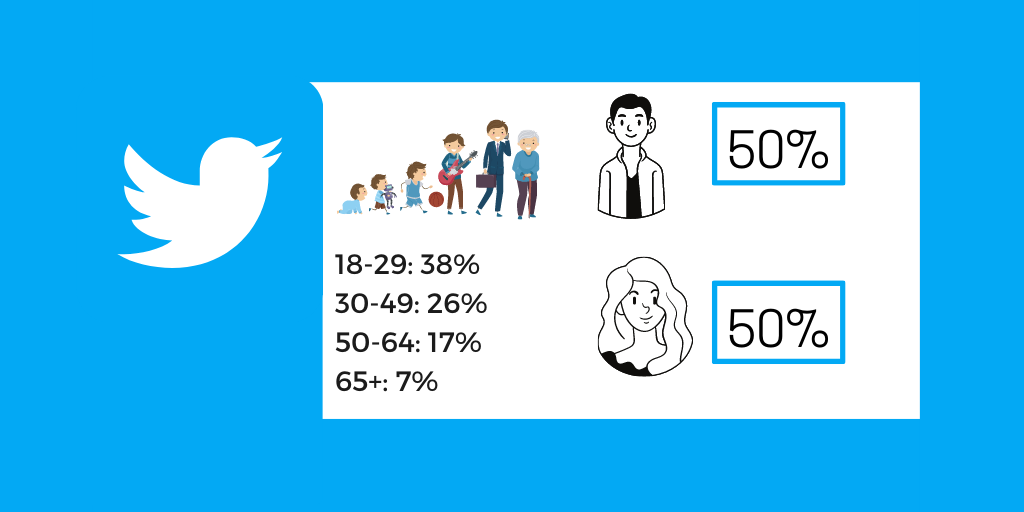

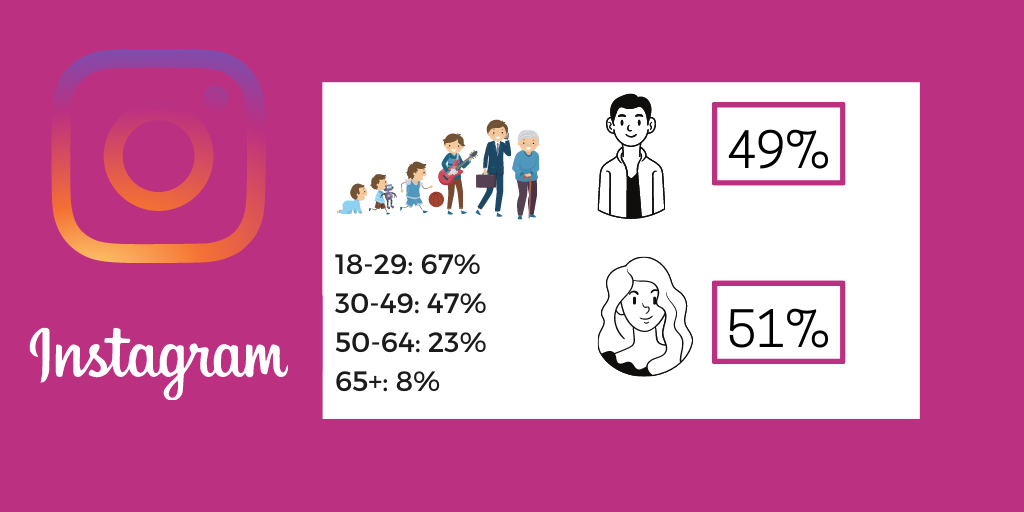
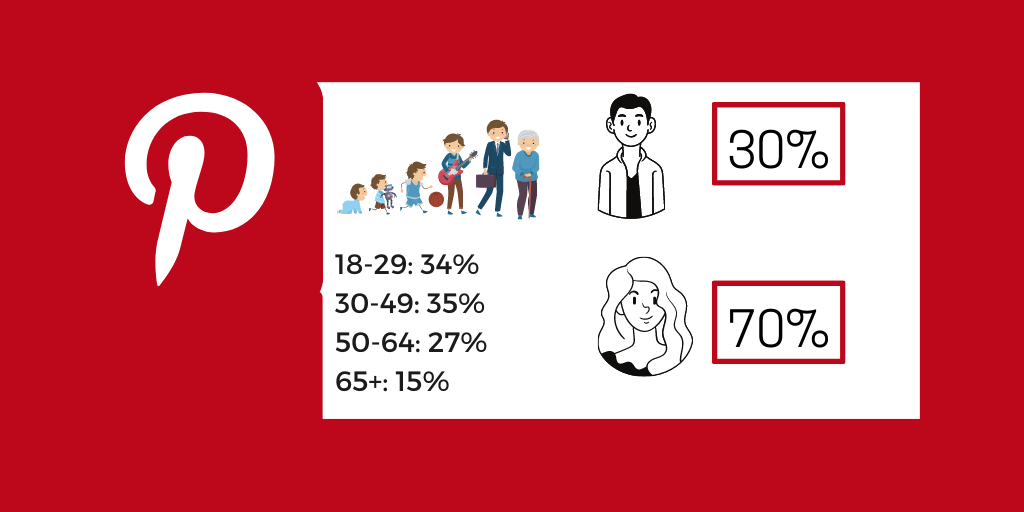
Recent Comments